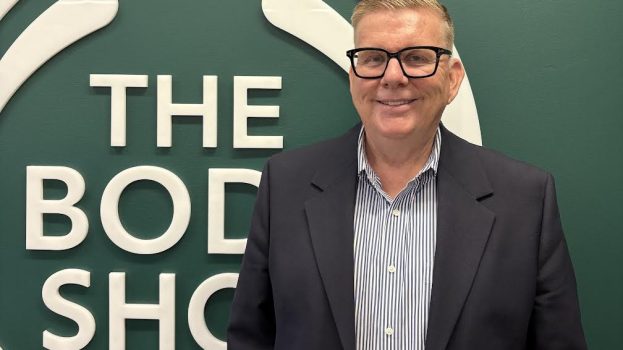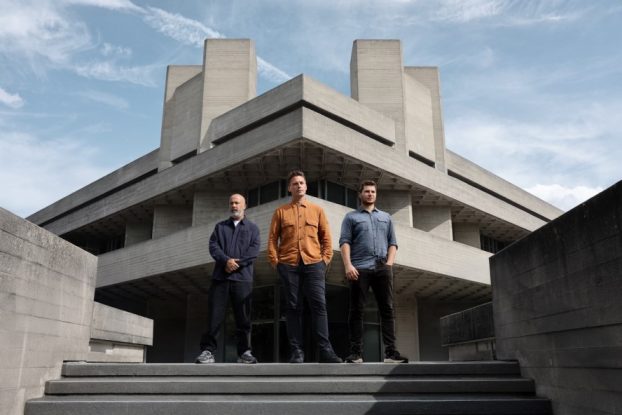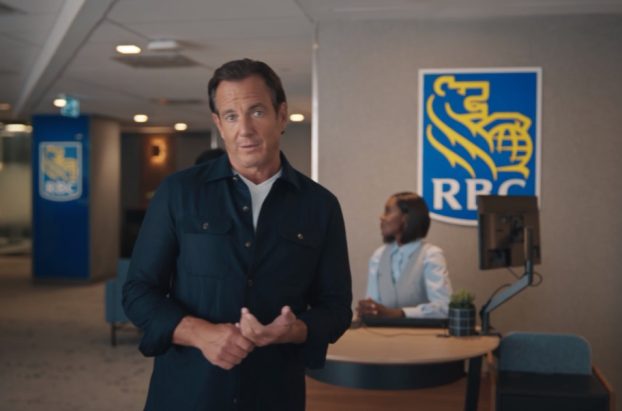Kevin Banderk recalls the last time he spoke with strategy. It was around 2010, and Koodo Mobile, the company he helped launch in 2008, had been named one of the publication’s Brands of the Year.
Fast-forward a decade and Banderk finds himself at another award-winning brand, having been named CMO and chief revenue officer of Toronto-based Ecobee last October. This time he’s striving to shake up the world of smart home devices.
Banderk replaced former CMO and CRO Jackie Poriadjian-Asch, who helped transform the way Ecobee communicated with customers, and is now leading the company through its next phase amid unprecedented global uncertainty.
This month, Ecobee launched Haven, a home monitoring platform and subscription service supported by new hardware: a SmartCamera with voice control and SmartSensors for doors and windows. The new offering is accompanied by a refreshed brand look and feel (and brand launch site), a new tagline (“Smart that makes a difference”) and new communications strategy emphasizing calm over buzz (the bee is no longer central to the brand identity).
Meanwhile, the company remains focused on “improving everyday life while creating a much more sustainable world,” says Banderk. That involves reimagining the home as a kind of refuge for busy families. “We all make our own homes. We want those homes to be places of harmony and of sanctuary – now more than ever.”
You previously led marketing for Koodo, Public Mobile and Telus Mobility. Do you see an overlap between your telco experience and the work you do now?
When it comes to smart thermostats, for the most part, there’s not a lot of ongoing interaction. It’s a one time transaction with a bit of ongoing support, and customers continue to engage with the product through an app. The telco experience is much more of that ongoing engagement, subscriptions and services, and the end-to-end customer experience.
[At Ecobee], we’re moving to multiple products and multiple services. We do a great job from a product and solutions perspective. And we’re going to continue to get better from a full end-to-end marketing and customer journey perspective as well.
Until recently, Ecobee’s strategy was centred around sticking to a core product offering, namely smart thermostats. What’s changed?
 We still believe the brain of the home does live in that thermostat. [Over the years,] we added room sensors that allowed the thermostat to understand the temperature throughout the home and start to leverage the insight of the data [around] how we can make your home more comfortable, more efficient, and smarter in the background. So taking that core foundation and expanding on that started to make more and more sense.
We still believe the brain of the home does live in that thermostat. [Over the years,] we added room sensors that allowed the thermostat to understand the temperature throughout the home and start to leverage the insight of the data [around] how we can make your home more comfortable, more efficient, and smarter in the background. So taking that core foundation and expanding on that started to make more and more sense.
There are always ideas flowing on how we can make the promise of the smart home a reality. It’s [about adding] this intelligence layer through the home that allows it to be more thoughtful, more automatic, and make your life that much easier without having to interact with it.
What changes have you made to the visual representation of the brand, and why were they needed? How does the new look and feel better align with where the brand is today?
[Early on], it was innovators and early adopters who were buying [smart home] products. With penetration now, [we’re] getting to that early majority and the customer who is buying is a bit different, so the approach needs to evolve.
 We looked at what we call the “frenzied family” – generally homeowners or about-to-be-homeowners who care about their home and family and are thinking about the future. The environment also plays an important part, but they’re not necessarily willing to compromise for the environment, at least not home and family, because those are their anchors… [With the frenzied family], you’ve got generally two working parents trying to juggle their daily lives with kids, activities, maybe a pet. It’s a bit chaotic, and we felt that the vast majority of families [want their] homes to be a sanctuary, a haven, that place that is as calm as it can be. That’s how we decided on this new brand.
We looked at what we call the “frenzied family” – generally homeowners or about-to-be-homeowners who care about their home and family and are thinking about the future. The environment also plays an important part, but they’re not necessarily willing to compromise for the environment, at least not home and family, because those are their anchors… [With the frenzied family], you’ve got generally two working parents trying to juggle their daily lives with kids, activities, maybe a pet. It’s a bit chaotic, and we felt that the vast majority of families [want their] homes to be a sanctuary, a haven, that place that is as calm as it can be. That’s how we decided on this new brand.
We’re moving [away] from the bee [in our logo], which tends to be an icon of business and activity. It also has a planet positive [connotation], which we liked, but we’re trying to create that sense of calm. So we leaned into the “squircle” design – part square, part circle, with rounded edges, reminiscent of a polished stone in a Zen garden – and on the harmony of your life.
This is the foundation going forward from both the product positioning perspective, as well as the brand perspective.
Why are you bringing the new brand and offering to market during the pandemic? What hurdles have you needed to overcome to be successful with that?
This was sort of a black swan event. No one really saw this coming and it’s hard to plan for. We had started the rollout slightly before the pandemic hit North America. But we took a quick step back and said, ‘Does it still make sense.’
When we went back to our core target customer – the frenzied family – now more than ever, they’re looking for comfort and peace of mind in their homes. And that’s what our product and our brand are all about.
From what our customers need, this is a good fit. Is this the right environment to spend a lot of money on advertising? Probably not. So we decided to continue to roll out the brand, because that helps us stay focused on what the family needs – whether you’re a frontline worker who’s nervous about how things are going at home, or whether you’re basically spending all your time at home and want it to be the most secure and comfortable place it can be.
We would have likely had a bit of a bigger splash from a marketing perspective [if it weren’t for the pandemic]. We’ve dialled that back, because the focus is on existing customers and [offering them] new products and solutions.
Do you plan to make a bigger marketing splash once things return to normal?
We’re looking at that. There will definitely be something when [the current situation ends], though it may be more targeted. We’ve [previously] looked at more of a geographic-targeted approach and expansion from a paid perspective. Our focus will now be more on social influencers, partnerships and one-to-one marketing.
For now, the smart thermostat market is how we’re expanding into new homes, and then leveraging our other products and services to expand within those homes. We’ve launched new services like an air filter subscription. We have the Haven and home monitoring products and services that have just launched as well. At the end of the day, we see it as expanding to new homes and new customers through the smart thermostat first. That’s what we’re known for.
This interview is part of a series for Strategy C-Suite, a weekly email briefing on how Canada’s brand leaders are responding to market challenges and acting on new opportunities. Sign-up for the newsletter here to receive the latest stories directly to your inbox every Tuesday.
The interview has been edited for length and clarity.

























